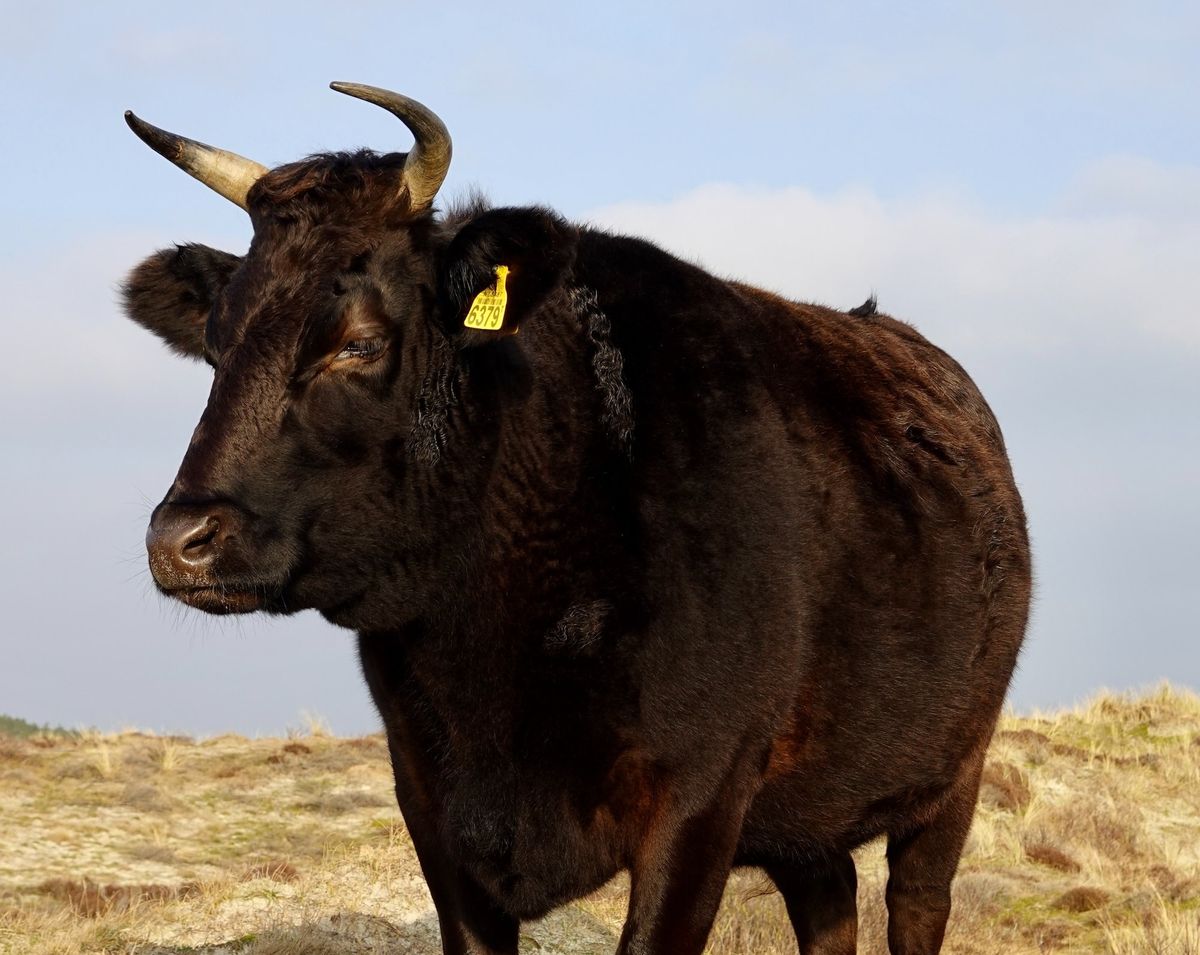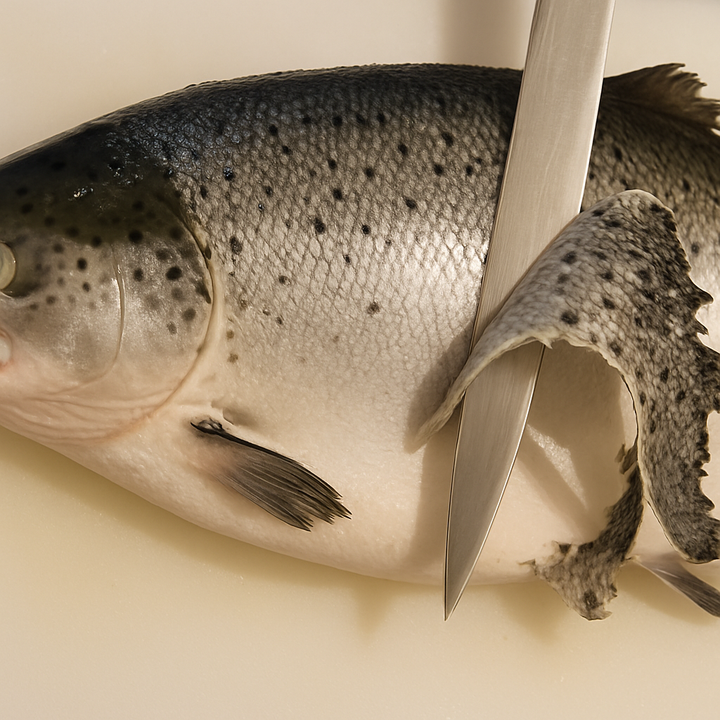Tajima Gyu: Pure and Superb Genetic Lines of Wagyu
Wagyu cattle from Japan, particularly the Black Wagyu with its three unique strains, produce the esteemed Tajima beef, renowned for its superior texture, flavor, and tenderness.

Wagyu cattle, originating from Japan, are globally acclaimed for their genetic capacity to develop beef with exceptional marbling and tenderness.
Yet, this broad description merely hints at the complexity within the breed. The Black Wagyu, one notable category, encompasses four distinct strains, each with a rich heritage and distinct qualities.
Beyond the generic Wagyu classification lies a diverse spectrum of cattle, with four separate lineages under the Wagyu umbrella, each distinguished by their own fascinating traits and histories.
Main Four Strains of Wagyu Cattle
Japanese Black
Previously harnessed as draft animals until the 20th century's advent, the Japanese Black breed underwent significant genetic refinement during the Meiji Era, involving selective crossbreeding with imported cattle.
Official recognition as a native Japanese beef breed came in 1944. Today, it is the predominant breed among Japan's Wagyu, reared across various prefectures.
The breed is renowned for its finely interspersed fat within even the leanest cuts, creating the highly prized marbling effect steak. This beef is lauded for its luxuriously rich and buttery fat, which offers a melt-in-the-mouth sensation.
These cattle are typically brought to maturity at around 28 to 30 months, achieving an average grading of Beef Marbling Standard (BMS) of 6.
Japanese Brown
The Japanese Brown, internationally recognized as the Japanese Red and colloquially termed "Akaushi" (with "aka" denoting red and "ushi" meaning cattle), predominantly thrives in the Kumamoto and Kochi Prefectures.
The Kumamoto lineage boasts a substantial population, while the rarer Kochi strain is notable for distinctive darker markings on its extremities and facial area.
The breed's enhancement traces back to strategic crossbreeding with Simmental and Hanwoo (Korean Red) cattle, contributing to its current standing and characteristics.
Japanese Shorthorn
Occupying a niche within Japan's cattle population, the Japanese Shorthorn is a distinctive Wagyu breed, accounting for a mere fraction of the country's cattle.
They are recognizable by their reddish-brown hide and characteristically compact horns.
In contrast to the marbling synonymous with the Japanese Black, the Japanese Shorthorn is esteemed for its predominantly lean meat, offering a robust and umami-rich taste profile.
Japanese Polled
The Japanese Polled is a unique crossbreed that emerged from the fusion of Aberdeen Angus from Scotland with native Japanese Black cattle in the early 20th century.
Recognized officially as a domestic Japanese beef variety in 1944, this breed is distinguished by its abundant lean meat and the signature taste associated with Wagyu beef.
Renowned for its higher amino acid content, the Japanese Polled offers a richly satisfying and robust flavor that's both hearty and textured.

Primary Strains of Japanese Black
Out of the four types, the Japanese Black and Japanese Brown breeds are also raised internationally.
Within the Japanese Black category, there are three notable strains: Tajima, known for quality marbling; Shimane, valued for its size and body shape; and Kedaka, which is recognized for its strong frame and milk production.
Each strain has its own special features that are appreciated in Wagyu breeding.
Within this breed, the Tajima strain, or Tajiri, stands out as the pinnacle of marbling, renowned for producing meat with the finest quality and most abundant marbling. These cattle are smaller and grow more slowly, but the meat they yield is unmatched.
From Shimane Prefecture comes the Shimane, or Fujiyoshi strain, notable for its robust size and moderate growth rate. This strain excels in maternal strength, with offspring typically growing large in size, though their marbling doesn't quite reach Tajima standards.
Hailing from Tottori Prefecture, the Kedaka, or Tottori strain, mirrors the Shimane in stature but surpasses in meat quality. These cattle are also characterized by their rapid growth and high fertility rates.
Origin of Tajima Gyu
The Tajima gyu strain, a symbol of Japan's Wagyu cattle, is renowned for its genetic ability to produce richly marbled meat with a high content of monounsaturated fats.
Predominantly found in the Japanese Black breed, these cattle are central to Japan’s cattle fattening operations.
Rooted in the mountainous terrain of Hyogo Prefecture, which is characterized by a temperate climate with brisk winters and hot summers, the Tajima gyu benefits from the region's lush, water-rich environment that has historically been ideal for rice cultivation.
Despite historical crossbreeding efforts during the Meiji Restoration, the Tajima gyu's lineage, especially preserved in the isolated Atsuta village, remained untouched.
Kobe beef, deriving from this pure strain, conforms to strict standards, encapsulating the essence of quality and tradition from its Hyogo origins.
Excellent Wagyu Brands of Tajima Gyu
Tajima cattle, revered for their genetic robustness, are the cornerstone of purebred Wagyu breeding across Japan, contributing their superior traits to famed brands like Kobe, Matsusaka, and Omi beef.
While their lineage is tapped for crossbreeding, in Hyogo Prefecture, Tajima cattle are bred exclusively within their strain to preserve their pure bloodlines.
This practice is a testament to the dedication of local farmers who are committed to safeguarding the legacy of both the Tajima breed and the iconic Kobe beef.
Uniqueness and Flavor Profile
Tajima beef, a product of centuries of selective breeding in Japan's Hyogo Prefecture, is distinguished by its finely balanced fat and lean meat.
The cattle's slim bone structure and minimal subcutaneous fat, coupled with a dense musculature, give rise to the coveted sashi, or marbling, which is integral to the meat's succulence.
This marbling weaves high-quality fat through the beef, contributing to its sweet flavor profile and melt-in-the-mouth texture, characteristics that have garnered international acclaim from discerning gourmets.
The resultant Tajima beef is a gastronomic treasure, embodying the pinnacle of texture, taste, and tenderness.
Ways To Enjoy Tajima Beef
Savoring Tajima Beef as a steak, particularly when seared to a rare or medium finish, allows one to appreciate its succulent texture and the delicate sweetness of its marbling.
For a traditional Japanese experience, preparing Tajima Beef in sukiyaki showcases its evenly distributed, high-quality fat and brings forward its natural, rich taste.
Alternatively, indulge in Jabu, a regional specialty from Tajima, which pairs the beef with an assortment of vegetables and konjac noodles, accentuating the meat's flavors beautifully.


